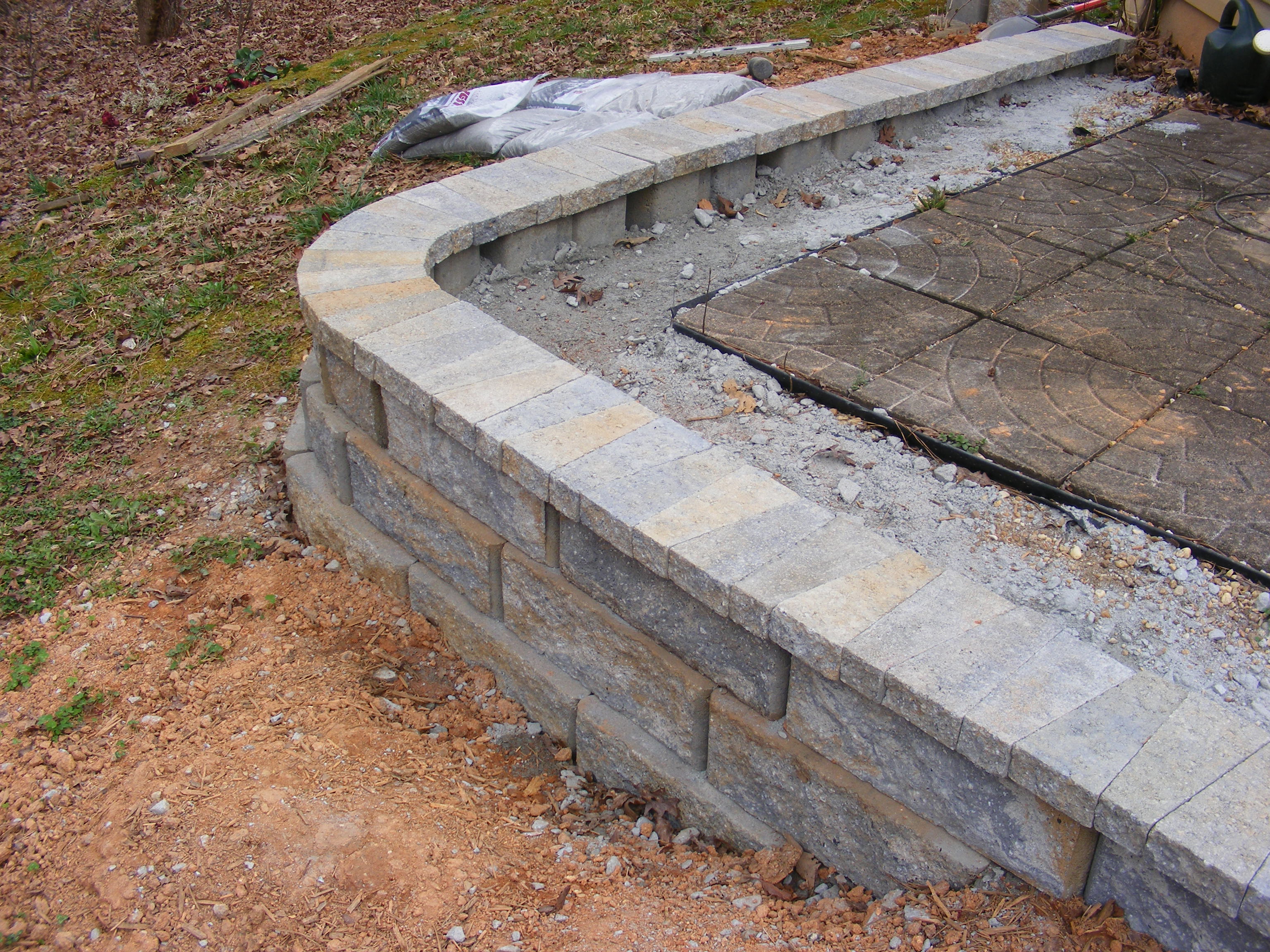How To Build A Retaining Wall

What You'll Need
Before you get started, make sure you have the following tools:
- Shovel
- Tape measure
- Level
- Stakes
- String
- Masonry saw
- Chisel
- Mallet
- Wheelbarrow
- Trowel
- Gloves
- Protective eyewear
- Retaining wall blocks
- Drainage gravel
- Landscape fabric
- Construction adhesive
Step-by-Step Guide
1. Plan and Prepare
The first step in building a retaining wall is to plan and prepare the area where the wall will be located. This involves measuring the area, marking the location of the wall, and excavating the soil to the necessary depth. Make sure to also check for any underground utilities before digging.
2. Lay the Foundation
Next, lay a base of drainage gravel and landscape fabric to prevent weed growth and improve drainage. Then, begin laying the first course of retaining wall blocks, making sure they are level and securely in place. Use construction adhesive to bond the blocks together.
3. Build the Wall
Continue to build the wall by laying additional courses of blocks, making sure to stagger the joints for added stability. Use a masonry saw to cut blocks as needed, and a chisel and mallet to create a custom fit. Make sure to check for level and alignment with each course.
4. Backfill and Finish
Once the wall is complete, backfill the area with soil and compact it to ensure stability. Add a capstone to finish the top of the wall, and add any decorative touches such as plants or lighting to enhance its appearance.
Pros and Cons of Building a Retaining Wall
Pros
- Prevents soil erosion and slope failure
- Creates a level surface for planting or other activities
- Increases property value and curb appeal
- Can be a DIY project with the right tools and knowledge
Cons
- Can be expensive to hire a professional
- May require permits and inspections
- Can be time-consuming and labor-intensive
- May require ongoing maintenance and repairs
FAQ
1. How high can a retaining wall be?
A retaining wall can typically be up to 4 feet high without requiring a building permit. If the wall is over 4 feet, it may require engineering and a permit.
2. How do I ensure proper drainage behind the retaining wall?
Proper drainage is important to prevent water buildup and potential damage to the wall. Use drainage gravel and landscape fabric behind the wall, and consider adding a drainage pipe to direct water away from the area.
3. Can I build a retaining wall on a slope?
Yes, a retaining wall can be built on a slope, but it will require additional planning and preparation to ensure stability. It may also require additional reinforcement, such as geogrid or soil anchors.
4. How long does it take to build a retaining wall?
The time it takes to build a retaining wall will depend on the size and complexity of the project, as well as the skill level of the builder. A simple wall can be completed in a weekend, while a larger project may take several weeks.
